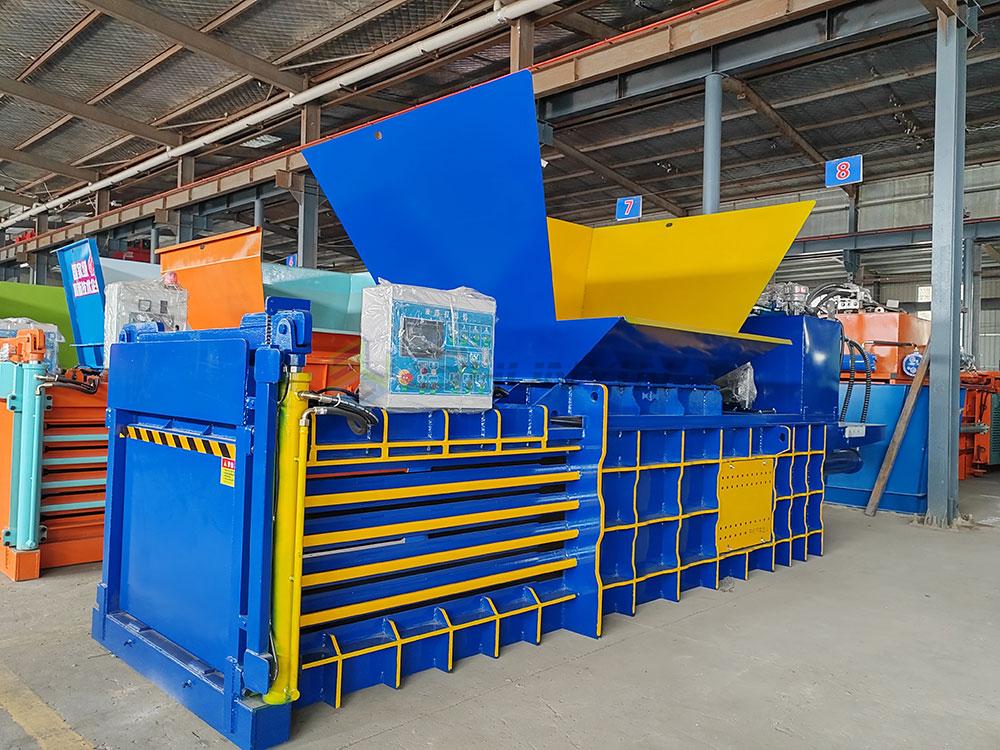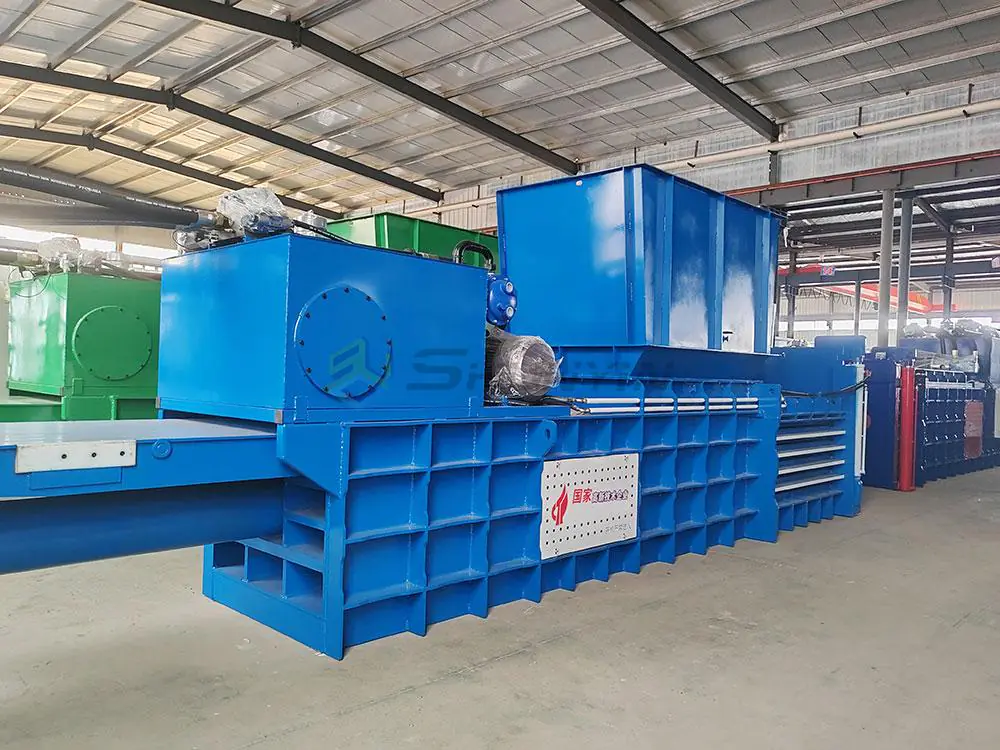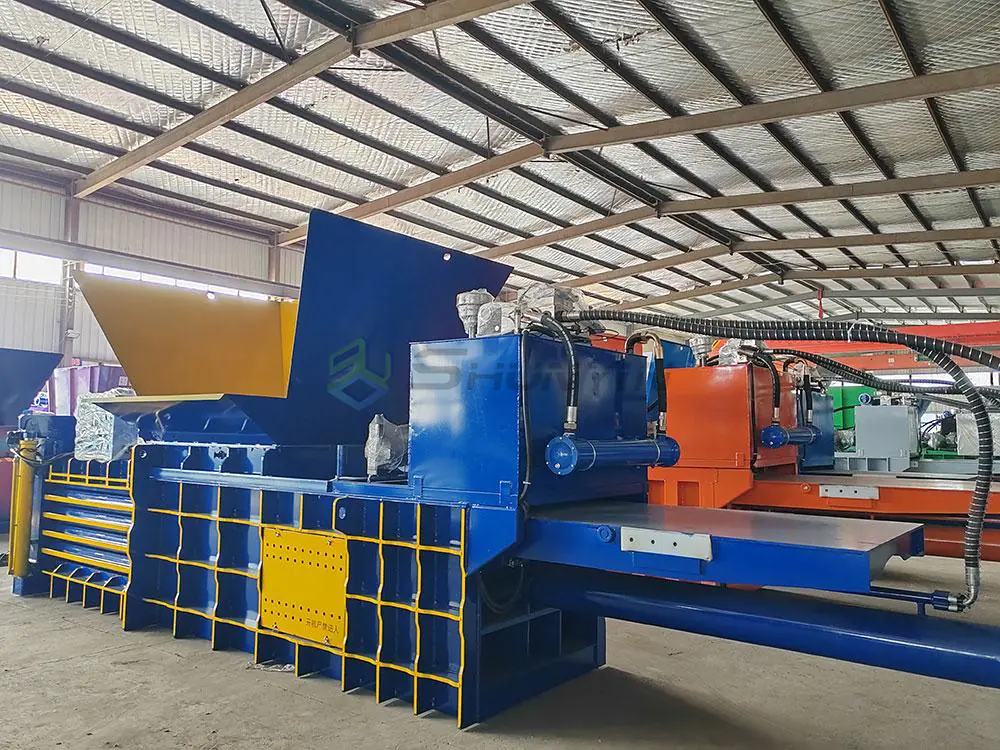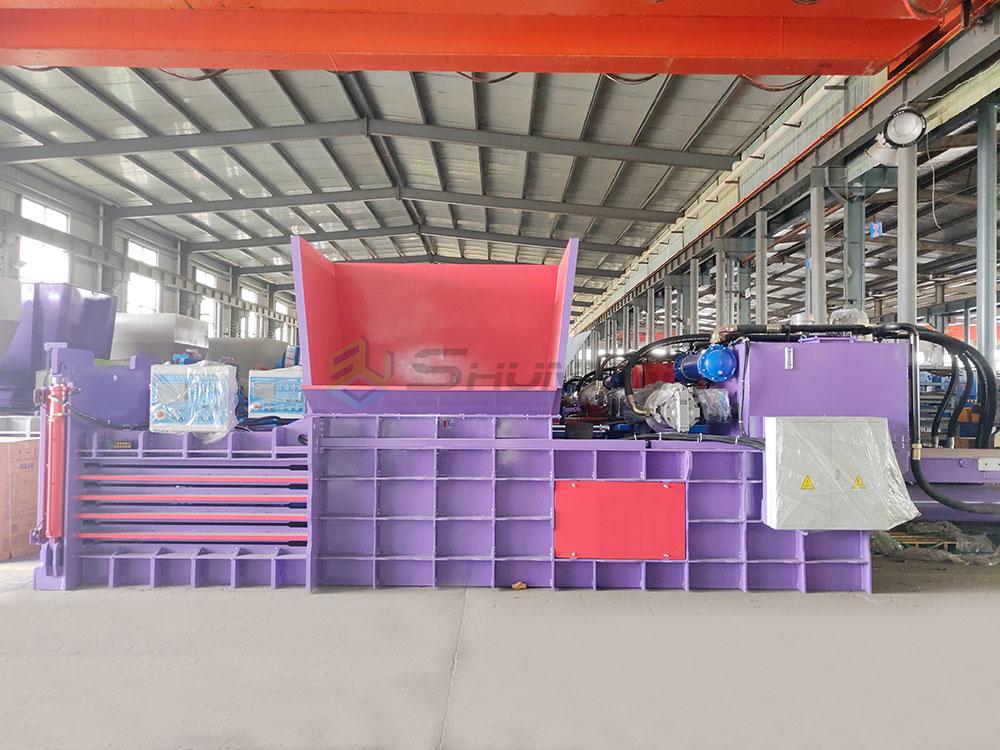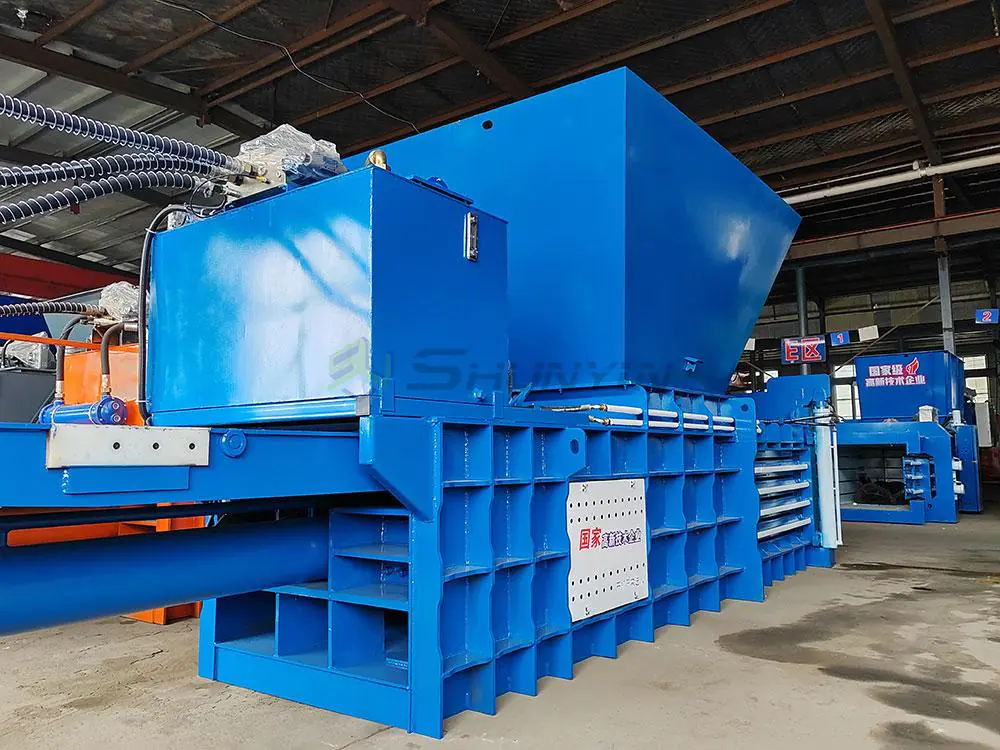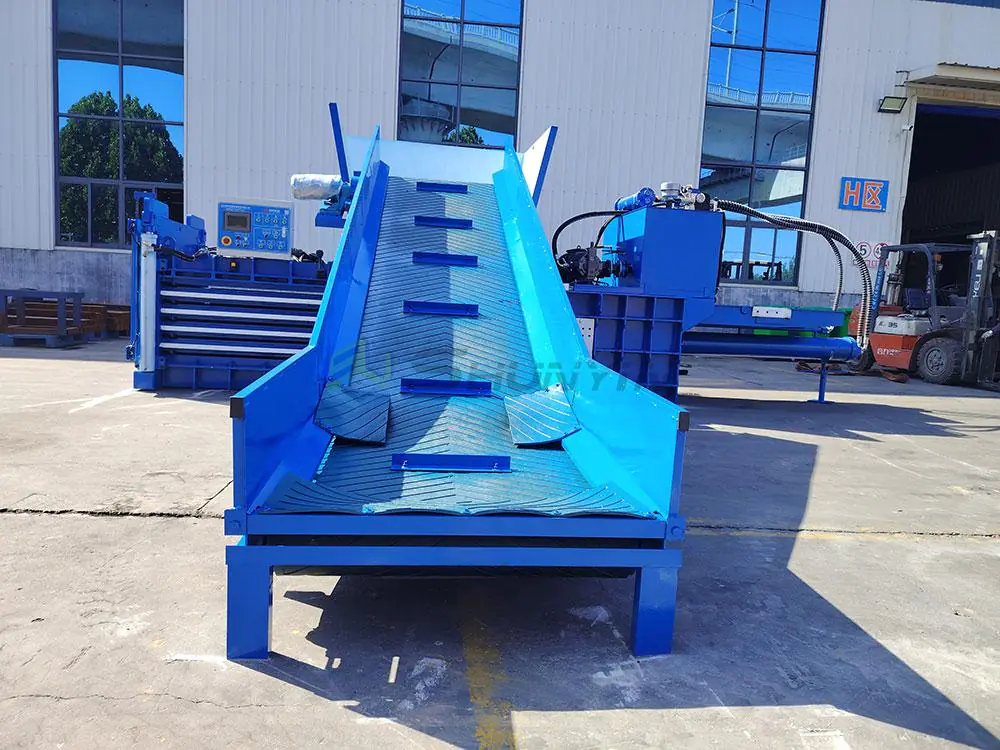
Paper piles swallow valuable warehouse space. Storage costs rise daily. Our balers compact these mountains instantly. Reclaim floor space and cut expenses immediately.
Waste paper balers compress cardboard/paper into dense bales using hydraulic force, reducing volume by 80%, cutting waste hauling costs up to 70%, and creating valuable recyclables for direct resale.
Operating our factory, I’ve seen buyers lose millions in wasted space. With 5 production lines, we build customizable balers solving this crisis. Let’s address key questions.
What Are the Benefits of Waste Paper?
Waste paper clutters your storage aisles? Don’t burn money disposing it. Transforming paper waste unlocks hidden profits.
Recycling waste paper conserves resources (1 ton saves 17 trees), creates saleable commodities, reduces landfill fees by 50-75%, and lowers carbon footprint by 3.3 tons CO2 per ton recycled.

Why Smart Businesses Monetize Paper Waste
Processing 40,000+ tons annually, we track financial benefits:
| Benefit Category | Financial Impact | Operational Efficiency |
|---|---|---|
| Resale Revenue | $80-$150/ton market price | Creates dedicated income stream |
| Cost Reduction | 65% lower hauling fees | 1 bale = 4 truckloads compacted |
| Sustainability | Tax incentives in 22 countries | ESG compliance simplified |
A North American packaging client stored 200 tons monthly. After installing our horizontal baler, they generated $15,000 monthly from paper mills. We engineered moisture-resistant models for Lambert in Canada to handle wet winters. Bale density matters – our adjustable pressure plates ensure 100% market-ready bales. Always verify compression PSI with suppliers.
What Is the Difference Between a Waste Baler and a Compactor?
Waste handling terms confuse buyers weekly. Using wrong equipment costs thousands. Know what fits your operation.
Balers compress materials into tied bales for recycling/resale. Compactors crush mixed waste into loose containers for landfill disposal. Balers require recyclable materials to create sellable output.

Choosing the Right Equipment
Paper mills1 demand quality bales:
Materials Processing
- Balers: Cardboard, paper, plastic film, textiles
- Compactors: Trash, municipal waste, organic matter
Output Specifications
| Feature | Baler Output | Compactor Output |
|---|---|---|
| Result | Uniform rectangles (30×48") | Irregular compressed mass |
| Density | 25-55 lbs/ft³ | 12-18 lbs/ft³ |
| Revenue | Value-added recyclables | Zero resale potential |
After watching Japanese buyers mistakenly purchase compactors for cardboard, we developed free material testing at https://lemonchiffon-shark-638535.hostingersite.com/. One Canada-based client switched to our closed-end baler and boosted recycling income by 200% in 11 months.
What Are the Advantages of a Paper Mill?
Paper mills struggle with fluctuating feedstock costs. Unstable supplies disrupt production daily. Consistent bale quality solves this.
Paper mills gain 22% higher efficiency using uniform waste paper bales versus loose material, reducing process downtime, and cutting preparation costs by up to 38%.
How Quality Bales Transform Production
Our mill clients report key breakthroughs:
Operational Streamlining
- Feeding Uniformity
Regular sizes automate conveyors
No manual fluffing or sorting - Contaminant Control
4-layer bales prevent moisture ingress
Rejects drop 18-32%
Supply Chain Stability
H3: Certified Supplier Networks
We track certified baling partners globally:
| Certification | Moisture Threshold | Rejection Rate Improvement |
|---|---|---|
| ISRI 51 | Max 12% | 43% lower |
| INNPAP-005 | Max 9% | 61% lower |
Singapore mills using our horizontal balers achieved 99% acceptance rates. Customizable automation features on https://lemonchiffon-shark-638535.hostingersite.com/ let businesses match mill specifications exactly.
What Are the Advantages of Baling Cardboard?
Cardboard consumes 40% of warehouse space unused. Transporting endless stacks drains budgets monthly. Our balers transform this liability.
Baling cardboard enables 20:1 volume reduction, creates transport-ready units selling for $60-$130/ton, reduces fire hazards by 85%, and eliminates 70% of manual handling risks.

Tailoring Solutions for Revenue Growth
Maximizing cardboard value requires precision:
Grading Optimization
H4: ISRI Standards Implementation
- Corrugated (11 grade) fetches premium pricing
- Kraft paper (37 grade) requires dry-handling
- OCC mix targets 98% purity
Value Preservation Tactics
Our Canadian clients requested these upgrades:
- Infrared drying tunnels preventing mold
- Laser-cut feeding decks avoiding rips
- Automated strapping preserving bale shape
When Lambert tripled exports, we added hydraulic upgrades increasing daily throughput by 27 tons. Always demand CE/ISO certifications – we caught 3 suppliers forging documents last year. Contact us for verification reports anytime.
Conclusion
Paper balers convert waste into profit through volume reduction and recyclable sales. Start saving at https://lemonchiffon-shark-638535.hostingersite.com/contact/ today.
-
Explore how paper mills can improve efficiency and reduce costs with uniform waste paper bales. ↩


